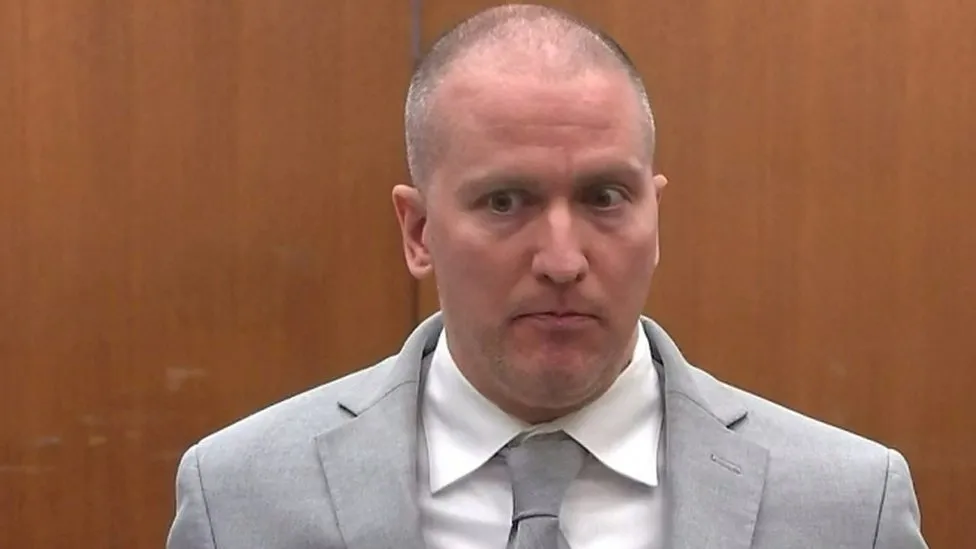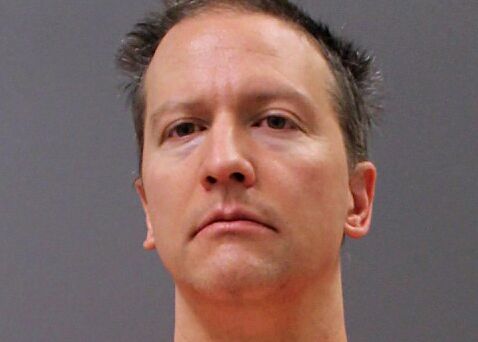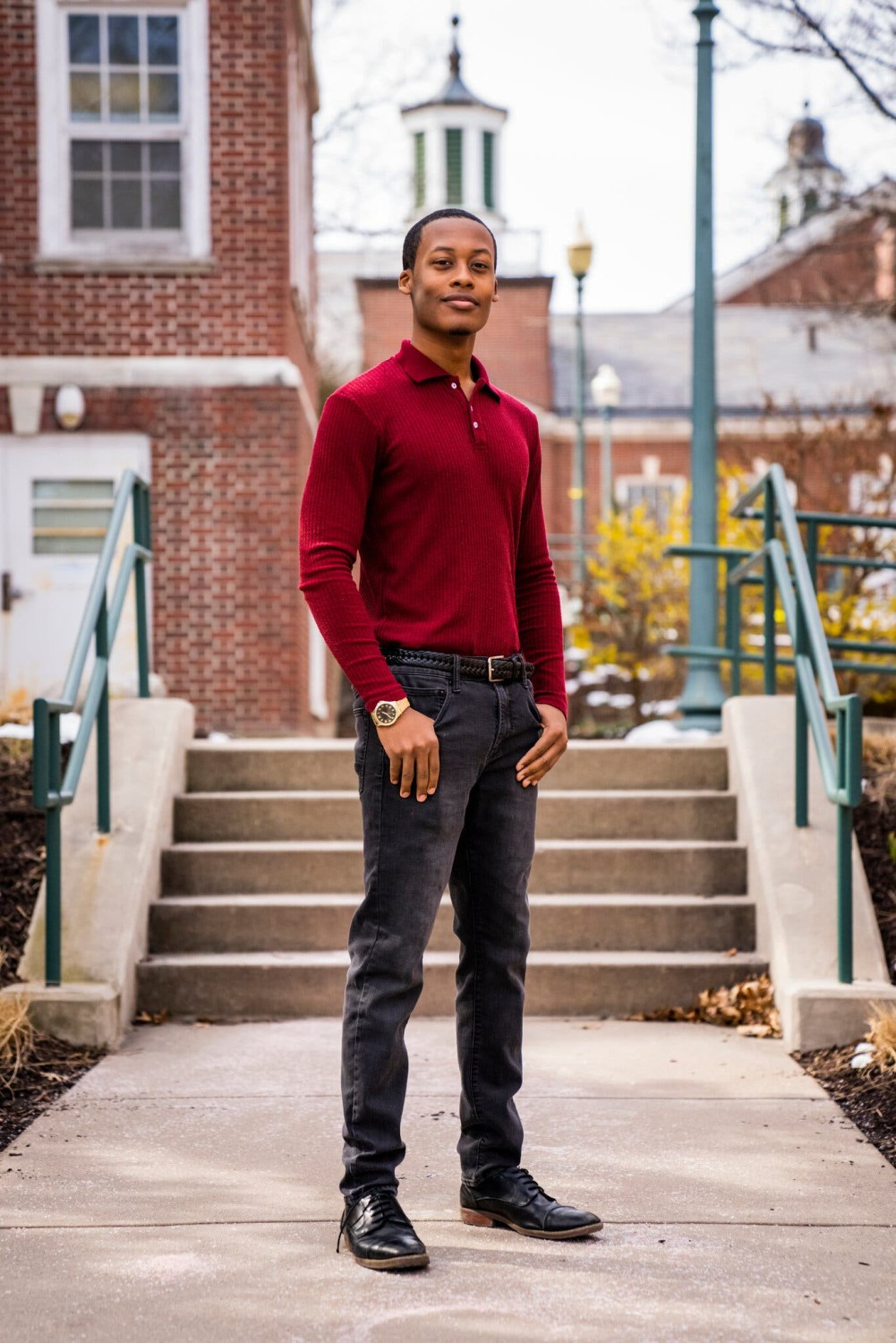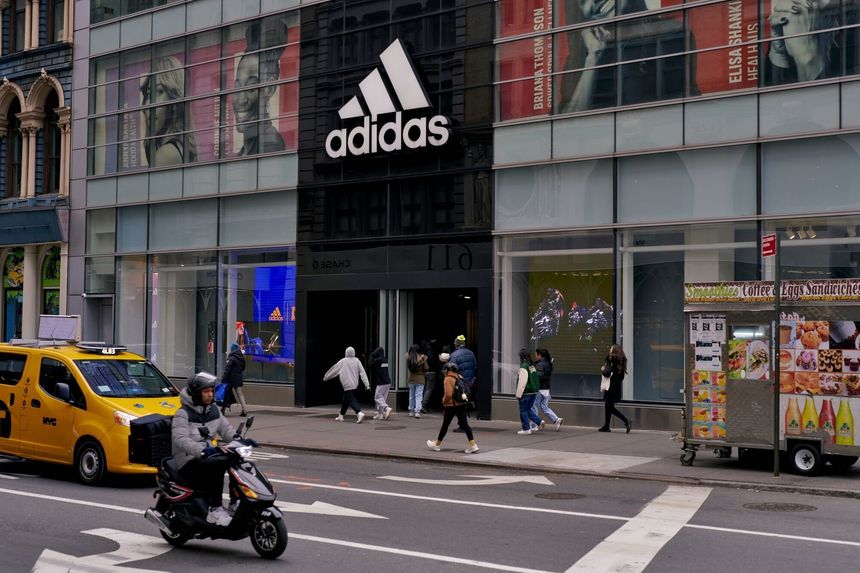This article is more than
1 year oldA Mother’s Grief in New Haven
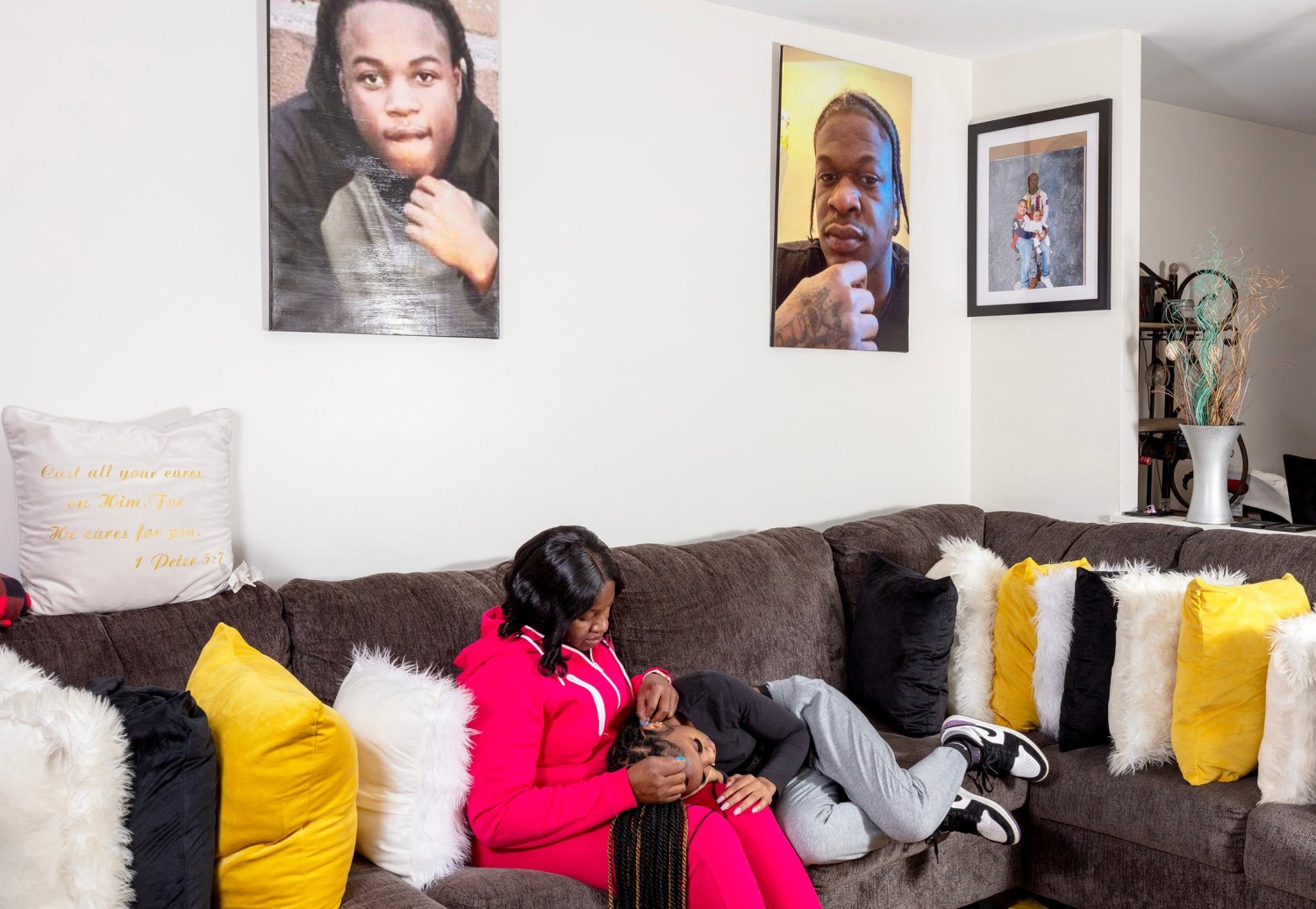
In August, at the start of the school year, Yale’s incoming freshmen were welcomed with daily parties, sunny counsel from deans and advisers, colorful flyers describing clubs and activities, and a more ominous handout: a leaflet decorated with an image of the Grim Reaper. “The incidence of crime and violence in New Haven is shockingly high, and it is getting worse,” the sheet read. A New Haven “survival guide” followed, warning students to “stay off the streets” after dusk, never “walk alone,” and “remain on campus.” The flyer had been designed by the union representing those charged with insuring the students’ safety—the Yale police.
New Haven is a compact city of a hundred and thirty-eight thousand people. But its tensions recall those in Philadelphia, Chicago, Los Angeles, or any other community where a wealthy college is situated near neighborhoods beset by poverty and crime. The flyers swiftly prompted debates about whether students were actually endangered, or if the union was exaggerating to gain favorable new terms in its next contract. (The flyer closely resembled a pamphlet titled “Welcome to Fear City” that New York police distributed, in 1975, during budget negotiations.) National media canvassed Yale students, faculty members, and officials for their opinions. Many were at pains to insist that they weren’t in serious peril. “I don’t know where this is coming from,” a 2021 graduate told me. “If you’re from New York, New Haven feels like the suburbs.”
What the coverage lacked, generally, was voices from the communities surrounding Yale, where many young people live in daily dread of being shot. In New Haven, where I grew up, post-industrial struggle exists mere blocks away from a world of wealth and opportunity. When I heard about the flyer, I thought about young men I knew who could tally the multitudes of friends and family members they’d lost, over the years, to “the violence.” At first, the numbers had seemed surreal; I couldn’t fathom them. That changed when some of the young men I knew began to die themselves, shot down on clear afternoons.
In particular, the flyer made me think about Laquvia Jones, a forty-one-year-old Black mother of three. When I first met her, in 2015, Jones was spending nearly fifty-five hours a week working two jobs, in nursing and mental-health counselling. She had grown up in New Haven, and her husband had recently left her to raise their two teen-aged boys, Da’shown and Dontae Myers, and a nine-year-old daughter by herself. Jones had a calm, open face that only rarely betrayed her anxiety about what the kids might be up to while she was working. As it turned out, her worry was justified: she would soon lose both of her sons to gunfire. It was a tragedy so drastic and unnatural that, when it happened, few knew what to say or to do. But that, too, was part of the problem.
Jones’s grandparents came to New Haven from Jim Crow South Carolina. Like the many European immigrants before them, they found jobs that they imagined would pay for homes, cars, and tuitions. Their neighborhood, Newhallville, was especially promising: since the eighteen-seventies, it had been home to the Winchester gun factory, a source of upward mobility for tens of thousands of workers. Life was peaceful. In the fifties, a thwarted burglary made headlines in the newspaper.
Then, in the early eighties, just as I was finishing high school, something happened that still seems inconceivable in America: a firearms company failed. The Winchester plant—the barrel shop, the shot tower, the benches where stocks were sanded and polished—gradually emptied. By the time that Jones was a child, a neighborhood once defined by salaried labor had slipped into generational poverty. This downturn was further emphasized by a disquieting juxtaposition. Struggling Black Newhallville was just a short walk uphill and across the street from Yale, which would soon become the second-wealthiest university in the world, with an endowment of more than forty-one billion dollars.
The irony of New Haven is that poor young men began regularly shooting one another only once the gun factory was failing. When Jones was growing up, murder was far too familiar an event. One man from the neighborhood, close in age to Jones, said that a hundred of his acquaintances had been shot to death. “I knew more than twenty people who were killed,” Jones said. “My brother was shot and injured. This is what we grew up around. We try to prevent it. So far, none of the preventive measures work.”
Connecticut is among the country’s most prosperous states, with a low crime rate. Isolated sections of its cities are poor and dangerous, but murder is complicated. Even in the most violent American cities, shootings are statistically uncommon. They tend to group within a small coterie of undereducated, at-risk men, all known to one another. People in New Haven’s poor neighborhoods were not getting killed every day, but the losses were frequent enough, and so intensely upsetting, that a constant level of fear blended with recursive grief. After the blood washed away, corners, porches, driveways, and walkways remained stained, part of a dire, spectral topography. Describing their state of mind, Jones, her family members, and others I knew all used the same word: “numb.”
For the first fifteen years of his life, Jones’s younger son, Da’shown, known as DaDa, was the boy many other boys wanted to be. He was joyful and impishly handsome, a quarterback and player of the guitar, a reader who earned A’s and B’s, and someone who, according to his mother, “knew the Lord.” When Jones went shopping, she didn’t have to ask Da’shown to carry the heavier sacks of groceries into the house. If Jones worked late, Da’shown cooked for his younger sister and let her style his hair. He prayed with the elderly at retirement homes, and he stuck up for his friends. “I could sit here and only tell you good things about my son,” Jones said. “It’s not the truth. At sixteen, he took a left turn. DaDa felt like the streets were giving him more.”
Between 2015 and 2020, Jones moved four times. By 2020, she lived in a neat town house on the northern edge of town, in an area colloquially known as Exit 8, where territorial tension seethed between kids from communities like Newhallville, Dwight-Kensington, and the Farnam Courts Apartments. Most young people tried to dodge such trouble. A few, like Da’shown, found thrilling the possibility of becoming street-famous by walking toward what everyone else was avoiding. “He had a name in the streets—Da-Honcho,” Jones said. “Somebody’s bothering you, they’d call Da-Honcho. His friends depended upon him to fight their battles.”
Jones was no match for the sudden power and agency that Da’shown felt in this world. So, when Da’shown broke his curfew and stayed out all night, she turned him in to the police. She did the same after she caught him with marijuana, after she learned he’d gone joyriding in a stolen car, and after he got into a fight. Once, she saw a baseball bat on the couch, took a second look, realized it was a sawed-off shotgun, and called the police. She implored them to help with her “out-of-control” son. It was Jones’s opinion that Da’shown was failed by his prosecutors and judges, who assured her that he was just a “spoiled” kid acting out in response to the end of his parents’ marriage. Jones believed that the brief juvenile sentences that Da’shown received—usually a few short weeks—gave him “the illusion that nothing happens to you.” Da’shown “loved his friends,” his mother said, and, if he was never known by police to have shot at anybody himself, he ran with kids who didn’t hesitate.
Read More (...)
Keywords
Newer articles
<p>A bill that will ban TikTok in the United States unless its Chinese owner divests from the company has passed overwhelmingly.</p>
Congress gets closer to forcing TikTok to be sold or face US ban: What's ne
Ukraine ‘will have a chance at victory’ with new US aid, Zelenskyy says
Israel Iran attack: Damage seen at air base in Isfahan
Ukraine war: Kyiv uses longer-range US missiles for first time
Who will be Trump’s VP? A shortlist
Congress passes bill that could ban TikTok after years of false starts
House passes potential TikTok ban that could speed through Senate
How soon could US ban TikTok after Congress approved bill?
Finally, America’s Congress does right by Ukraine
